Free Tropical Runtz seeds on orders over $150!
Bugs on cannabis are some of the most common cannabis pests but not the only ones. Find out about all the insects and diseases that may affect bud crops below.
If you are a cannabis cultivator, you have undoubtedly heard a lot about whiteflies, caterpillars and aphids. Numerous pests might harm your crops. The best strategy to deal with them is prevention, which includes being aware of the signs and, most importantly, learning how to eradicate them on time. With Premium Cultivars’ help, you’ll be able to spot and handle all of them with simplicity.
When growing cannabis, it is normal for novice growers to encounter bugs. Establishing an optimal atmosphere helps prevent these frequent cannabis pests in many circumstances. Spider mites, aphids, caterpillars, and fungus gnats are common pests in cannabis cultivation.
Recognizing bugs on cannabis plants is something that every grower despises. You work so hard to maintain your plants safe from pests, but bugs will always find a way into the garden. Don’t be alarmed if you see pests in your grow room; they can be treated, especially if you catch the problem early. The first step is to determine which bugs are on your cannabis plants. Then you can devise a treatment that will cause the least amount of harm to your plants.
The aphid is a tiny insect that ranges in size from 1-10mm and comes in various colors. It can be seen on the lower cannabis leaf surface and the plant’s stalk.

It sucks the sap, causing defoliation and leaf yellowing. Aphids on cannabis plants are a fairly common pest, particularly if you’re growing cannabis outdoors.
These unique insects remain still on your stems and under your leaves. Scale insects drain the life out of your plant’s stems and leaves, weakening it if the infestation becomes too severe.
Broad mites on cannabis plant are so small that they are nearly impossible to detect with the naked eye. When you have broad mites, your leaf buds may be twisted, blistering, and “moist.” If your cannabis plant is in the blooming phase, the buds may turn brown and die.
Cannabis bud rot strikes your fattest, most enormous buds just as harvest time approaches. The adjacent leaves frequently turn yellow as the first sign of bud rot.
Mold is a fungus that can harm cannabis plants if kept in humid and warm environments.

If you have mold, even if you eliminate the damaged buds, it will most rapidly extend until you correct the humidity and maintain the buds dry.
Caterpillars and inchworms require vegetation to build their cocoon. Therefore, they can devastate your crops in a short amount of time due to their insatiable appetite.
Crickets will cheerfully nibble your cannabis plants and make tiny holes in the leaves. Mole crickets can be spotted digging around the roots of your plants.
This insect enjoys damp environments and may generally be found at the base of plants, so check for it there. The most evident early indication is that you notice some of them flying close to your cannabis plants.
You may not recognize any symptoms when you only have one or two grasshoppers. But if your plants become invaded with them, you will notice heaps of spots where they have been chewing on your leaves.
These pests will eat your leaves, leaving brown or yellow patches behind. Leafhoppers on cannabis are more prone to attack your plants when the weather is dry because they seek water from the leaves.
Leaf miners on cannabis are possibly the pickiest pest because it does not target all cannabis strains similarly. The larvae start to “burrow” holes about two weeks after laying eggs inside the leaves: this is the first apparent warning that you should act quickly against them.
Cannabis leaf septoria is also known as “yellow leaf spot.” This condition is caused by a fungus that damages cannabis plants and typically manifests itself in warm and wet conditions. The symptoms first occur on the plant’s lower leaves.
These bright and furry insects like hot conditions and cannot survive in the cold. They have been observed growing and spreading evenly on a drying plant after harvest and leaving spots of what seems to be white mold. Find out more about preventing mealybugs on cannabis.
Planthoppers can damage and contaminate cannabis, leaving behind an unusual cotton-like growth while sucking the life from your plants.
Root rot in cannabis symptoms are frequently similar to soil-plant, significantly over-or under-watered. Your plants’ leaves will seem scorched, brown, yellow, or white.
The russet mites on cannabis are tricky to control because they are so tiny. Most growers do not see them until they have a large population.
Slugs and snails typically attack outdoor plants and have intense appetites. They move slowly and leave silvery mucus trails behind, causing significant harm to your crop.
This tiny insect, which prefers high humidity and potted plants, draws the sap from the leaves and quickly destroys the cannabis plant. A mature spider may take a million bites in less than a month. When the spiders are enough, they can sweep out an entire plantation in a single night. Learn more about spider mites on cannabis and stop them before they become a big problem.
Stink bugs can squeeze the life out of buds and leaves, particularly enjoying eating seeds. They also have a horrible odor!
Thrips on cannabis are little winged insects that rely on plant sap. It hides in the undersides of the leaves and inside the flowers, and it thrives in hot conditions.
The infection generates a unique pattern on the leaves, such as “mosaic”-like mottling and yellowing (hence the name). Find out more about the occurrence of the tobacco mosaic virus in cannabis plants.
Whiteflies breed and multiply quickly. These White flies on cannabis are usually encountered on the undersides of leaves, producing eggs that develop into larvae. They consume the plant by sucking the sap from its leaves. These flies can also cause blush fungus or boldface.
White powdery mildew on cannabis plants manifests as spots on their leaves and stems. Lower leaves are the most commonly affected; however, mildew can appear on any above-ground plant section.
Cannabis crops that aren’t protected from pests and pathogens are vulnerable to a wide range of issues. Cannabis growers may be proactive about pests by implementing pest-resistance methods.
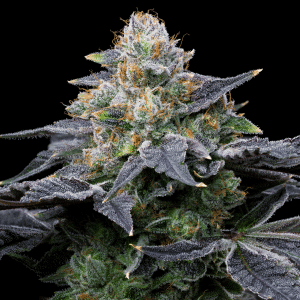
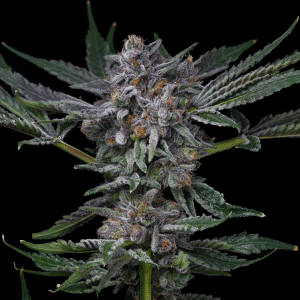
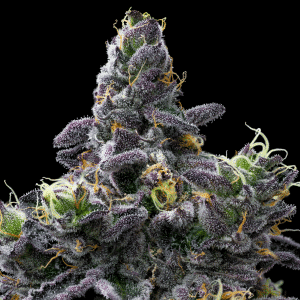
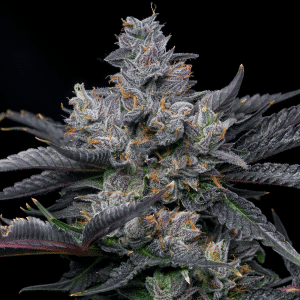
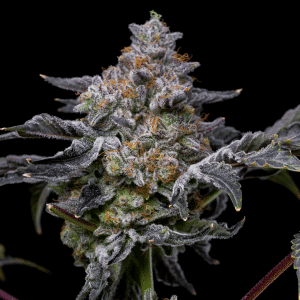
Offers
This product is not for use by or sale to persons under the age of 18. This product should be used only as directed on the label. It should not be used if you are pregnant or nursing. Consult with a physician before use if you have a serious medical condition or use prescription medications. A doctor’s advice should be sought before using any hemp products. All trademarks and copyrights are property of their respective owners and not affiliated with nor do they endorse this product. These statements have not been evaluated by the FDA. This product is not intended to diagnose, treat, cure or prevent any disease. By using this site you agree to follow the Privacy Policy and all Terms & Conditions printed on this site. All products contain less than 0.3% Cannabinoid-compliant with applicable Federal Laws. Please make yourself aware of any and all applicable laws regarding hemp in your jurisdiction. Premium Cultivars accepts no liability or responsibility regarding germination laws in any specific locale state or national jurisdictions.THCA products are not available for shipment to the following states: Hawaii, Idaho, Minnesota, Oregon, Rhode Island, Utah, Vermont *Note: Products with Total THC content above 0.3% must not be shipped to these states.
We want to help you get your hands on the seeds you want, take 20% off your next purchase when you enter your email below!
We want to help you get your hands on the seeds you want, take 20% off your next purchase when you enter your email below!